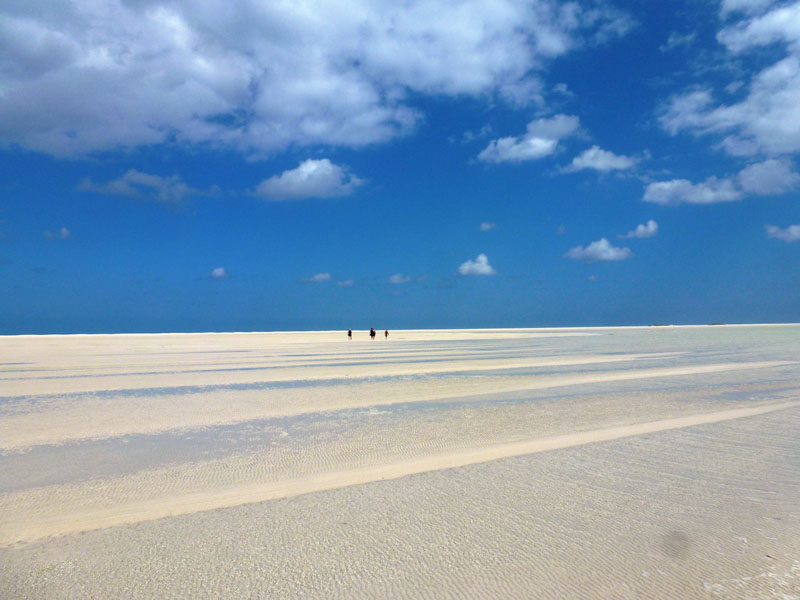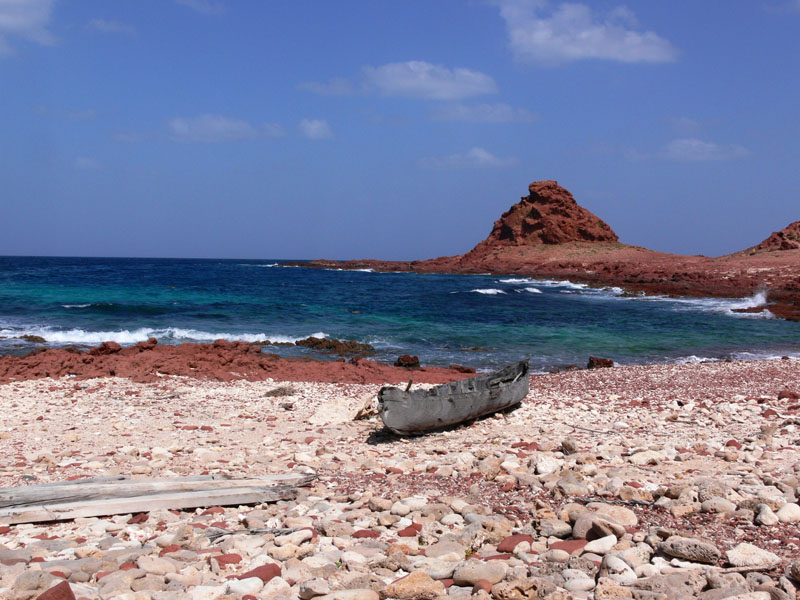

Climate
Weather in Socotra – When to Go?
Warm all year round, wild, and different in every season – that’s Socotra.
The island has a tropical desert climate, with temperatures above 25 °C throughout the year. Thanks to the diverse landscape – from the coast through deserts to mountain ranges – the weather changes not only with the seasons but also with altitude.
Best time to visit: Late September to early May
☀️September – November = Socotra in full greenery
After the summer monsoons, nature awakens – lush landscapes, fresh air, and temperatures up to 30 °C create ideal conditions for swimming, hiking, and even more demanding treks. Occasional short rain showers may occur but are more refreshing than disruptive.
☀️December – January = "the coldest period"
For some, the most pleasant months on the island – these are the coolest months of the year. Temperatures around 26–28 °C with dry and stable weather.
Nights remain warm – not dropping below 22 °C. A perfect time for trekking and all activities from camping to discovering local culture.
At higher elevations on the island, especially in mountain areas above 1,000 meters, the weather can be very changeable. When the wind picks up, the perceived temperature can be much lower than the thermometer suggests. Even if it's around 25–28 °C during the day, the wind combined with altitude can make it feel uncomfortably cold, especially during evening camping or early morning hikes.
☀️March – May = the driest season and pink miracle
Socotra is wrapped in the pink blossoms of bottle trees (Adenium socotranum – endemic to the island).
Temperatures climb toward 30 °C, and the sea becomes mirror-calm – ideal for diving and snorkeling. This is the season for lovers of the sea and natural wonders.
May – September: monsoons, wind, and adrenaline
Unsuitable for most typical travelers. From May to September, Socotra is hit by the southwest summer monsoon, bringing extremely strong and dry winds from Africa. These winds can last for weeks and reach such intensity that normal tourist movement on the island becomes impossible. Camping is practically impossible – tents cannot be safely pitched or maintained due to the wind. Cooking outdoors is not feasible, as open flames or stoves are immediately extinguished by the wind.
Access to most attractions is limited or completely blocked – some areas are fully closed due to weather conditions, and others are unreachable due to impassable terrain or danger.
☀️Water? It arrives at night
Annual rainfall ranges from 150 mm on the coast to 1,000 mm in the mountains, but for life on the island, the key is night dew, which moistens the soil mainly at higher elevations.
Socotra is not a “summer destination” in the European sense. Every season here has its charm – and if you know when and where to go, you can expect a truly unique experience.
I’ll be happy to help you choose the ideal time based on what you want to experience.







